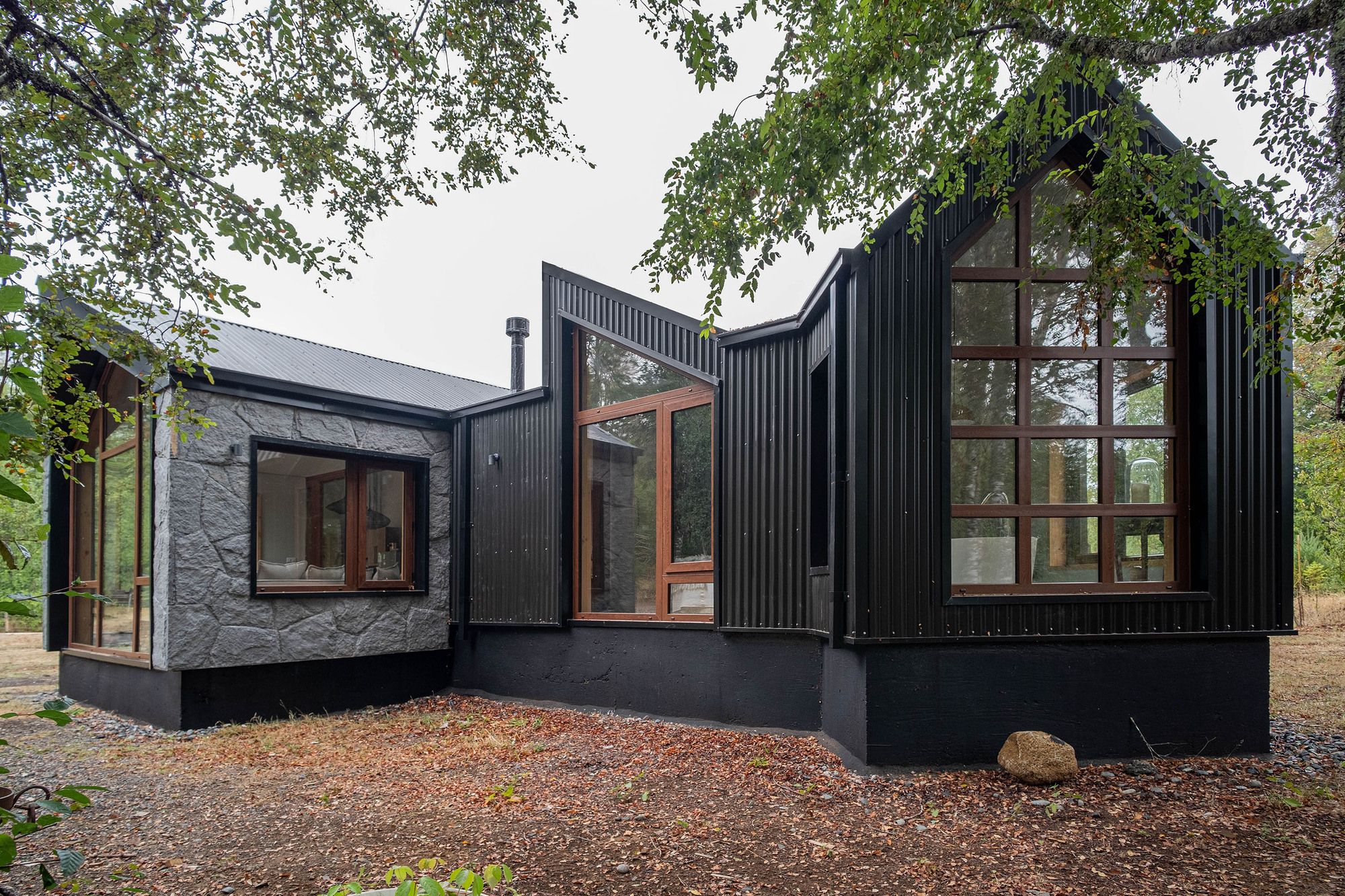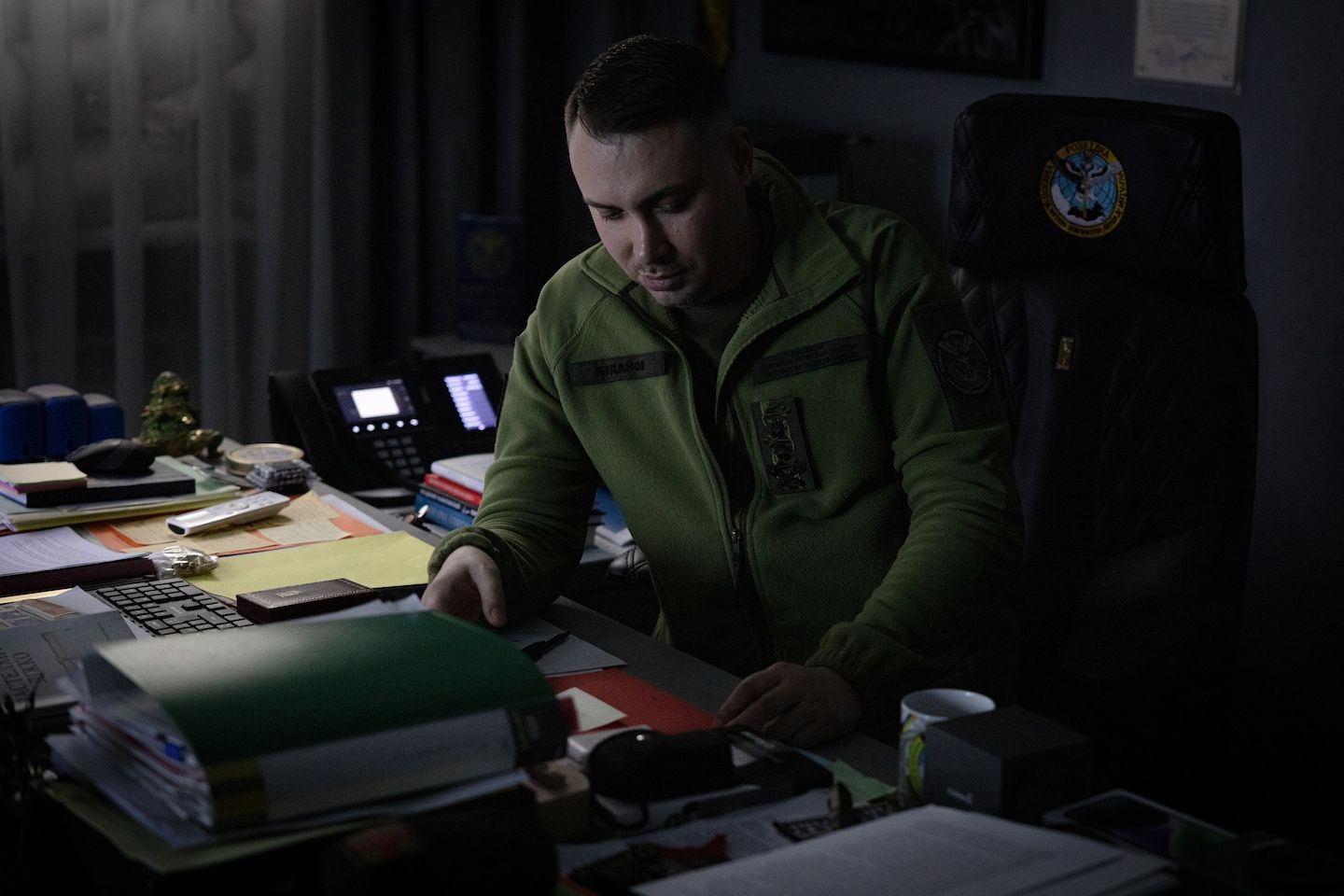Hachi Cabin / Medio Arquitectura
+ 12
Houses, Detail • Villarrica, Chile Architects: Medio Arquitectura
Area Area of this architecture project Area: 83 m²
Year Completion year of this architecture project Year: 2022
Manufacturers Brands with products used in this architecture project AutoDesk Rothoblaas Nuprotec , Trimble Manufacturers:
Lead Architect: Emiliano Ruidíaz Riffo
Collaborator: Constructor Fabián Reydet
Interior Design : Marcela Gay
City: Villarrica
Country: Chile
Did you collaborate on this project?
More Specs
Less Specs
Text description provided by the architects. Refugio Hachi is a project located in the rural area of the Villarrica commune in southern Chile. It is situated on a plot with abundant native forest and, with the aim of preserving the existing trees and making the most of the light and heat, it was decided to locate the project in the only available clearing. The client, a jeweler, wanted a refuge that not only served as her home, but also as a place to design and work. The design of this space had to meet the following requirements: thermal efficiency, comfort, spaciousness, illumination, and views of the native forest.
As it is a project of a few square meters, it was decided to design a single large space, dispensing with dividing walls and using level changes to mark the difference between areas. The project has three levels; it is accessed from the southeast, the lower level, where the laundry, loggia, and kitchen are located, and where the morning light enters. Then, climbing two steps, you reach the main area, where the living room is located, which advances towards the north seeking morning, midday, and afternoon light.
In this same area to the south is the workspace, thus receiving indirect light, ideal for this profession. Finally, at the third level, two more steps up, is the main room, the bathroom facing south, and a protected island bathtub inside. The latter is located in a volume that advances towards the northwest offering views of the native forest from all sides. The roof of the project transforms according to each space, generating large windows that seek sunlight and forest views.
For the project floor, a single material was sought for all areas, without visible joints, with a rustic appearance, and at the same time easy to clean. With these requirements, vitrified concrete was chosen, which was handcrafted by a local ceramist. All walls and ceilings are made of white bone-painted plasterboard so as not to detract from the origami-like morphology of the ceiling. The wood visible inside is old bridge structures from the area that were rescued for the project.
These pieces of wood were used for different functions; two large old beams were used for the level changes, leaving them overlapping directly on the floor and each change between areas is accompanied by a wooden arch of large sections, separated from the walls to allow a view of the pillars from all sides. In the main space, a large truss was left in view. These woods have a decorative and functional meaning at the same time. The exterior is covered with pre-painted black zinc that covers most of the project, except for the volume that advances towards the north, which was covered with local stone, installed by local stonemasons.
Source: ArchDaily


